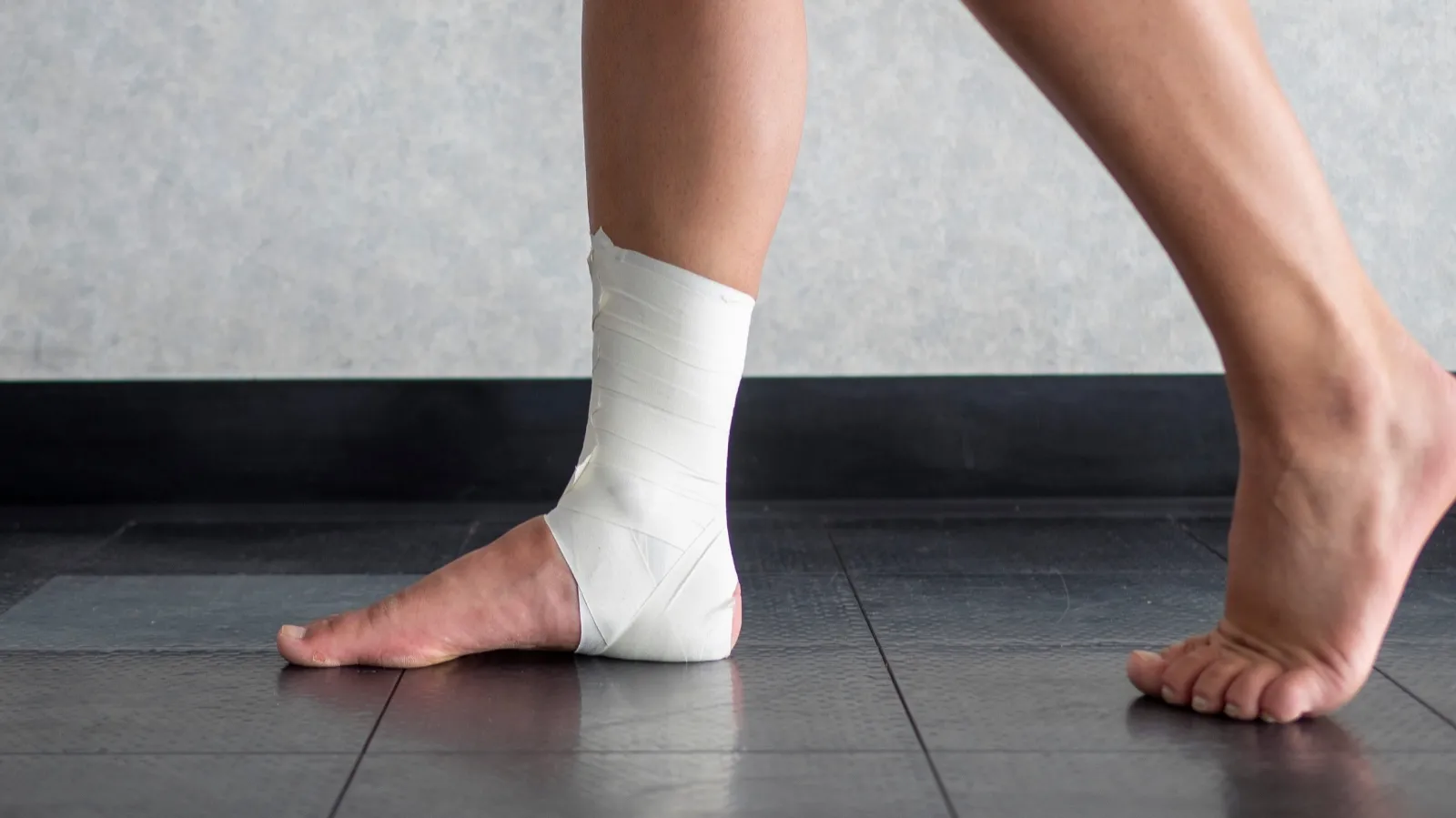How Does Proprioception Relate To Basketball?

Players obtain information on the court through visual and touch sensors, through which control on body parts are established. As such, a large number of moves and skills are strongly connected to proper proprioception in basketball. To exemplify, catching and passing, changing direction, shooting, ballhandling & dribbling, proper landing on the court, keeping balance in various situations, injury prevention and coordination.
Proprioception is the sense of knowing where your body parts are without looking. This awareness is crucial for all athletes, but it's especially important for young athletes. It is vitally important for youth basketball players to do proprioceptive exercises since it helps with the development of balance, stability, and position of their body in space, which affects all basketball skills on the court.
Proprioception develops as children grow up. As we grow older, we become more aware of our body position and its changes with movement. Proprioceptive exercises can help improve this awareness and make sure that kids have a stronger base when they start playing basketball. They also help prevent injuries that can occur when muscles are stretched too far or joints are put under too much pressure. Athletes who have good proprioception are able to move with more control and react more quickly to the movements of their opponents.
Sport scientists believe that proprioceptive exercises should be introduced as early as possible to youth athletes so they can learn the right movements before they start playing competitive sports like basketball. Balance exercises: Standing on one foot, or on a balance ball/wobble cushion can improve proprioception and balance. Plyometric exercises: Jumping exercises such as hopping, skipping, and bounding can improve proprioception and explosive power. Make sure that your athletes have enough physical capabilities to perform plyometric exercises.
Agility drills: Ladder drills, cone drills, and agility cones can improve proprioception and agility. Tennis ball drills: wide open your arms standing on both feet. Toss the tennis ball from left to the right. Toss the ball and turn around to catch the tennis ball.
Examples of proprioceptive exercises that are recommended for youth athletes include balance drills, stability ball exercises, and jump training. These activities can help to improve the athlete’s reaction time, body control, and coordination while reducing the risk of falling or suffering other injuries. Such proprioceptive exercises are especially important for young basketball players as they require a high level of coordination when making quick movements on the court.